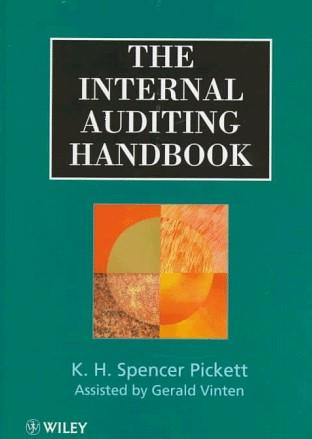4.) (20 points) Fast forward to the future. It is 2032. Through the many unpredictable twists and turns life takes, you are now part of a team of hot-shot business and financial experts brought in to advise the government of a developing economy, Country A. Country A is located on the East coast of sub-Saharan Africa. Its capital is the city of Capitalville. Like other countries of sub-Saharan Africa, rainfall is low and highly variable, there are few natural harbors on its coast, and these harbors are shallow. The soils are very fragile and rapidly being depleted of nutrients through overuse, and rivers are largely unnavigable except in the rainy season. The leaders of country A are very taken with a proposal that a public relations firm from Canada has come up with. The firm suggests that the government launch an ad campaign extolling the virtues of sending children to school and increasing private investment. The ads would also call for good governance (government that is responsive to constituents and where corruption is low). This campaign would run on TV and in the country's major papers. The total cost would be $1 billion. Your team is arguing that this huge sum of money could be much better spent. How? Your group of experts proposes to use the $1 billion to (1) fund a program like a Oportunidades in Mexico or Auxilio Brasil in Brazil, (2) to help foster the development of microcredit lending organizations like the Grameen Bank, and (3) to help pay lower level and middle level government officials higher salaries, to make it easier for those with complaints about government corruption to register these complaints, and finally to provide staff to investigate these complaints and, if necessary, to prosecute offenders. Currently the payoffs to government officials from corrupt (C) behavior versus honest behavior (non-corrupt or N) are given by the following: payoffs payoffs N nenumber of others around you who are honestot corrupt The curves C & N represent the payoffs of corrupt ("C") and honest (or "non-corrupt or N) behavior. The way the N curve is drawn the payoffs from being honest are higher than being dishonest (corrupt) if very few of your colleagues/co-workers are corrupt. As you move from right to left along the horizontal axis you see the payoffs from honest behavior decline as you become part of a minority and more and more ostracized by your co-workers. Think of the point on the extreme left of the N curve as finding your body buried in a shallow grave somewhere What explains the shape of the curve? The payoffs from corruption go up as you move from right left because as fewer and fewer of co-workers are honest the loss of reputation, lower chance of your being detected or called out for corrupt practices, easier to find someone willing to pay you a bribe because they have already been approached by several of your co-workers for money. The payoffs decline as those paying bribes start to complain about the amount they have already had to pay a.) (10 points) True or false? Lower and middle level government officials in Country A face an assurance or coordination game where the returns from not being corrupt grow as the number of honest co-workers increase. Please explain









